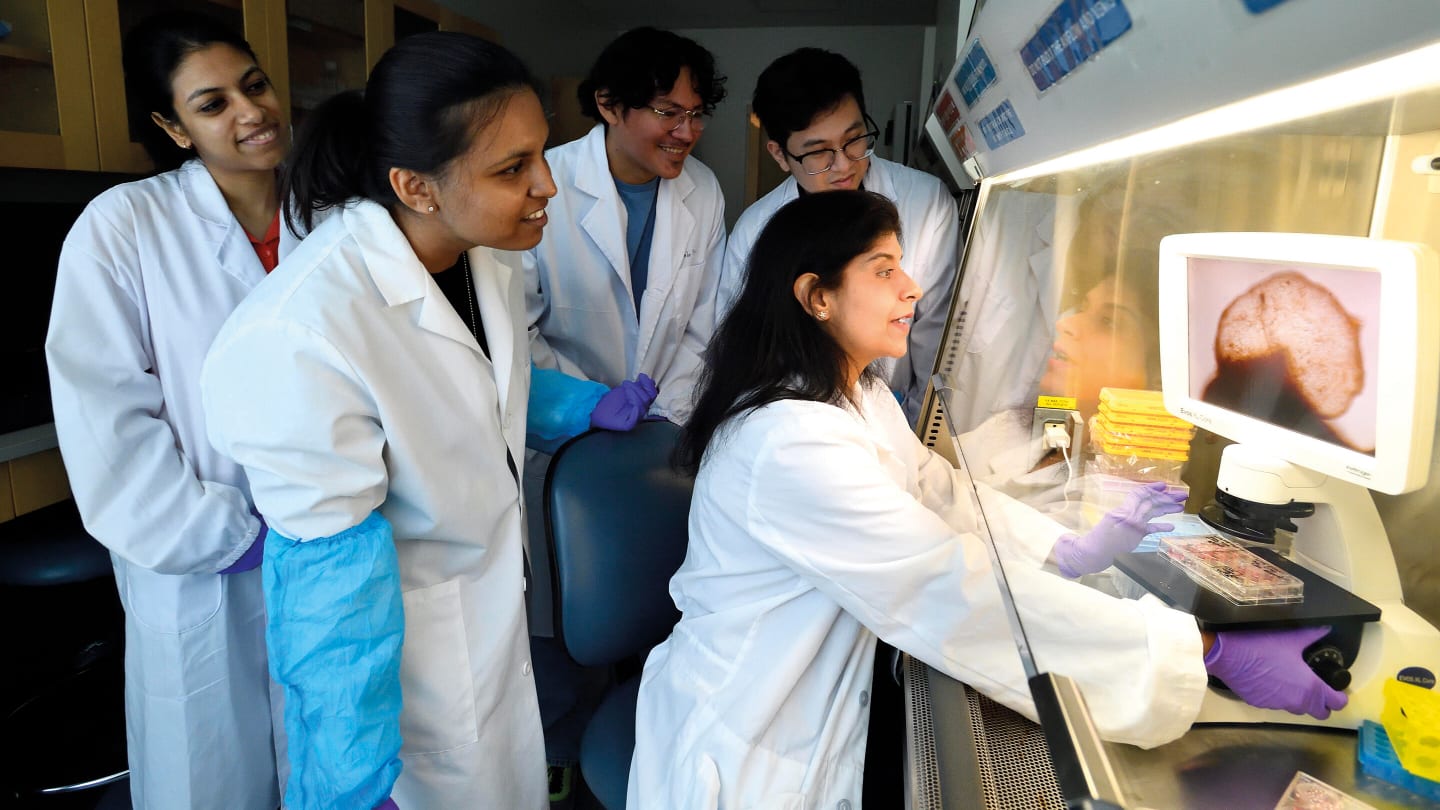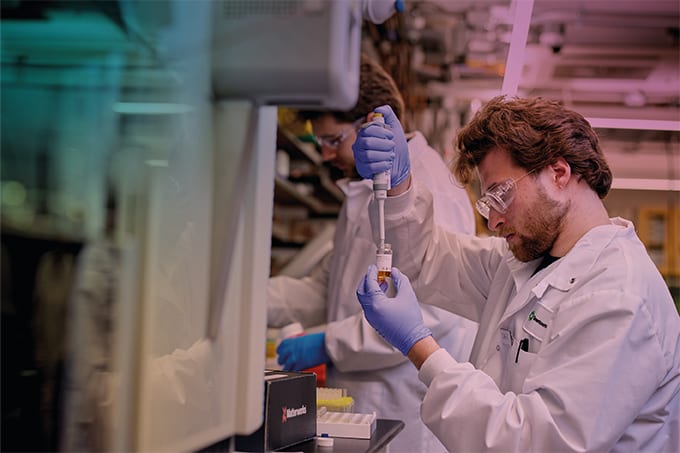
Brain organoids – miniature, three-dimensional brain structures – allow researchers to study brain development and disease in vitro. But they usually only function as models of one brain region, such as the cortex or midbrain, meaning they often miss the cross-talk that’s central to everything from memory to movement.
“We wanted to close that gap,” says Annie Kathuria, assistant professor in Johns Hopkins University's Department of Biomedical Engineering, and part of a team that has developed a next-generation brain organoid that integrates cerebral, mid-hindbrain, and endothelial systems.
“The idea was: what if we could recreate miniature ‘brain neighborhoods’ in one dish, each with its own identity, but still connected by functional highways?” She says. “That became the foundation for the multi-region brain organoid (MRBO).”
A major challenge in neuropsychiatric drug development is the inability of preclinical models to capture the brain’s complexity. “With MRBOs, we’re getting closer to a system that models both the regional specialization and the network-level dynamics that drive real-world brain function,” says Kathuria.
MRBOs could allow researchers to study how a defect in one area ripples across the network. And for drug testing, scientists could see how a compound affects not just a single cell type but an entire circuit.
“If we do this right, we might raise the success rate for early-phase neuropsychiatric therapeutics – which has been stuck in the single digits for decades,” says Kathuria.
To generate a whole-brain organoid, Kathuria and members of her team first grew neural cells from the separate regions of the brain and rudimentary forms of blood vessels in separate lab dishes. The researchers then stuck the individual parts together with sticky proteins that act as a biological superglue and allowed the tissues to form connections. As the tissues began to grow together, they started producing electrical activity and responding as a network.
To do this, the researchers had to overcome the challenge of “patterning without chaos,” says Kathuria. “When you try to grow multiple brain regions together, they can ‘blend’ into an unrecognizable tissue if you don’t control the developmental cues precisely.”
The researchers were able to fine-tune signaling gradients during early differentiation. “Think of it like adjusting the recipe so each layer bakes just right,” she says. For function, they leaned heavily on multi-electrode arrays and single-nuclear sequencing to prove that the neurons were where they were supposed to be and that they were making meaningful connections.
“Single-nucleus RNA-seq was a game-changer,” says Kathuria. “It gave us a cell-by-cell map of who’s in the organoid and what they’re doing and High-density MEA recordings let us ‘listen’ to the electrical chatter between regions in real time.”
The researchers were especially surprised by the vascular complexity of the organoids. “We expected some endothelial cells, but the diversity we found – from vascular progenitors to mature endothelial subtypes – was far richer than anticipated,” says Kathuria. “It opens entirely new questions about organoid perfusion and immune interactions.”
The next step for the researchers is to scale for translation by developing GMP-compliant manufacturing and shipping protocols so the organoids can be used reliably in both academic and industry pipelines.
“I’d love to see MRBOs not just in a research paper, but as a standard tool in every drug discovery lab – something that helps us screen smarter, fail faster, and bring better therapies to patients sooner,” says Kathuria.




